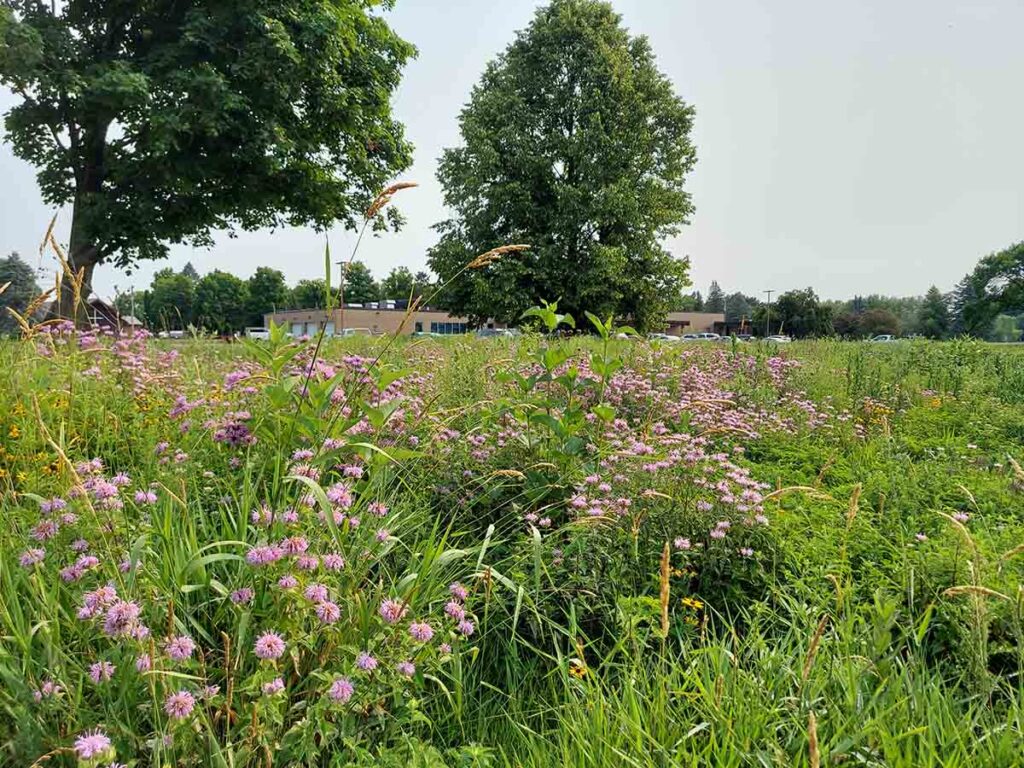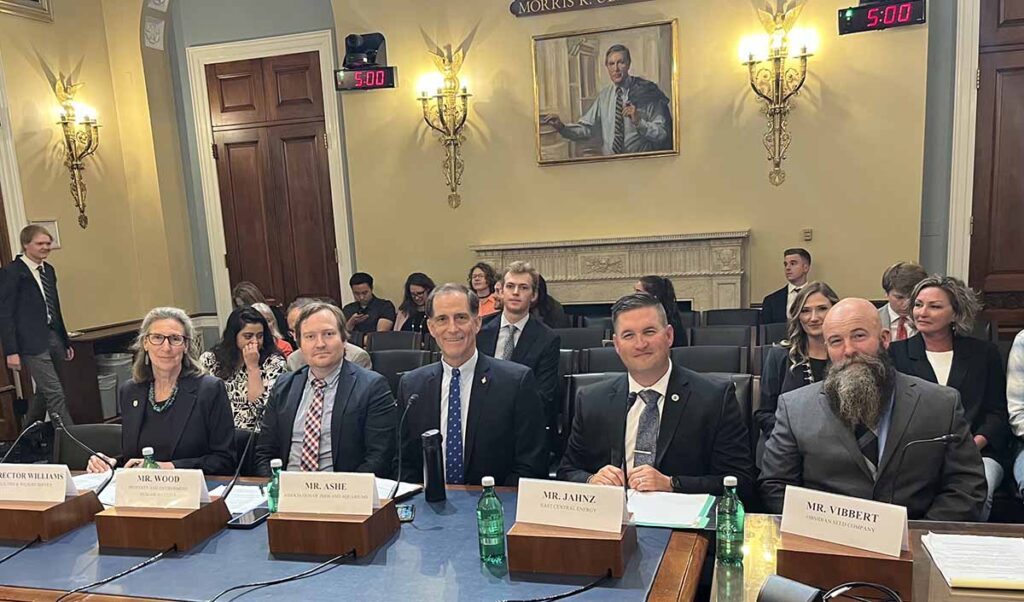
The Endangered Species Act works best when the federal government collaborates with local property owners to conserve wildlife, an electric cooperative leader from Minnesota told a House panel Tuesday.
East Central Energy in Braham, Minnesota, has had firsthand experience in working with federal officials to save the struggling monarch butterfly, co-op CEO Justin Jahnz told the House Natural Resources Subcommittee on Water, Wildlife and Fisheries.
After creating a unique “monarch waystation” on four acres of its property, East Central Energy became the first rural electric cooperative to receive a certificate of inclusion from the U.S. Fish and Wildlife Service into the Monarch Butterfly Candidate Conservation Agreement with Assurances.
As part of the agreement, dozens of energy companies and state transportation departments are developing monarch-friendly practices on nearly a million acres. Their voluntary actions could prevent the need to list the monarch under the ESA.
The agreement also allows the co-op to continue to trim vegetation and remove dying trees that threaten its power lines without running afoul of the ESA’s habitat protection requirements if the monarch is eventually listed as threatened or endangered.

“ECE believes that through collaboration, education and awareness, electric cooperatives can begin to focus on a future where ESA is implemented in a manner that benefits both species and communities and where pollinator habitat is synonymous with utility vegetation management,” Jahnz said at a hearing on the ESA’s 50th anniversary.
“In that future, healthy ecosystems can exist under every power line and work as nature intended, while also providing safe and reliable electricity and protecting the bottom line.”
Electric co-ops support the ESA’s goals but think the law “can be improved to work better for both species and communities,” Jahnz said. Speaking on behalf of NRECA, he said co-ops have five recommendations to strengthen the ESA:
- Place a greater focus on species recovery.
- Designate critical habitats in specific geographic areas that are actually habitable for struggling species.
- Increase transparency in how the law is implemented.
- Use data that is thorough, balanced and based on scientific standards and impartial peer review.
- Prioritize proactive stakeholder collaboration and engagement with state and local governments.
The benefit of a voluntary conservation agreement like the one for the monarch butterfly is that “it puts individual cooperatives in the drivers’ seats of their operations,” Jahnz said.
“By moving toward a future that considers right-of-way management as pollinator habitat management, we can provide quality habitat to reduce the need for the monarch to be listed as an endangered species,” he said.
Nationwide, more than 30 organizations have submitted applications to join the monarch conservation agreement, Jahnz said. Hoosier Energy, based in Bloomington, Indiana, was the first generation and transmission cooperative to join the conservation agreement.
“If each of these submitted applications are approved, we would be able to protect over 800,000 acres of monarch butterfly habitat,” he said. The monarch population has declined by about 90% since the 1990s.
But efforts to preserve habitat for struggling species isn’t always what’s needed to save them, Jahnz said.
For example, he cited efforts by electric co-ops to protect the northern long-eared bat, including trimming vegetation in the early spring to limit impacts to the still-hibernating creatures.
The problem, Jahnz said, is that the greatest threat to the bats is not habitat loss but a fatal disease called white-nose syndrome, which is rapidly wiping them out.
“In this case, increasing regulatory requirements on industries, such as electric co-ops, will do little to preserve the (bat) or aid in its recovery, but it may place unnecessary strain on providers of electricity and could hamper efforts to develop additional renewable wind energy.”
Erin Kelly is a staff writer for NRECA.